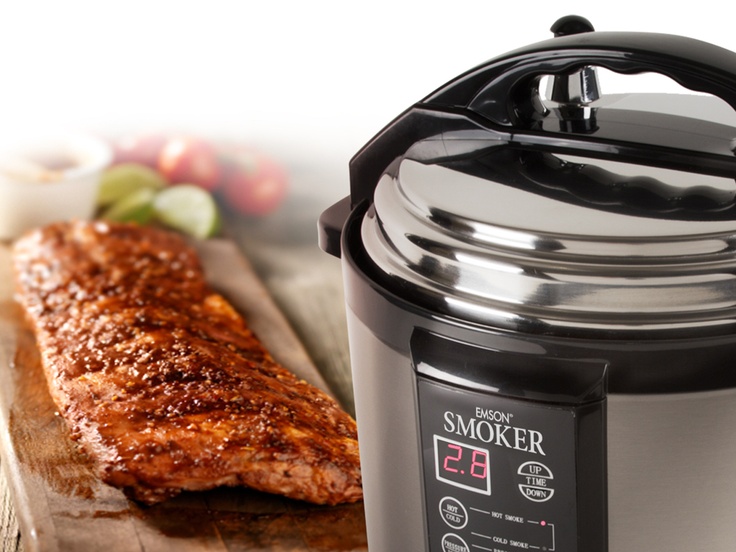If you are new to vaping, and maybe pondering what is a vaping wick? A wick is a retentive material that conveys the liquid disintegrated into the loop of a vaping gadget. The quality and state of your wick decide the nature of vaping gadget you are using, so doing it the correct way implies you get more fulfillment. Choose the vaping wick material you need has changed over the years about as much as vaping has. Wicking began as whatever old cotton balls, but now there are specially designed types of wicking material that really can make a huge difference in your vaping experience.
There are loads of materials utilized for vaping wick like silica, cotton, rayon, hemp, and ceramic. In all vaping gadgets, there are two opposite loops which are normally encompassed by a layer of natural cotton as a wick. The wicking material is situated to be in contact with encouraging gaps on the outside of the vaping gadget shells. In this manner, at whatever point you fill the liquid tank with vaping fluid, the wick gets immersed.
Why you need a wick for your vaping gadget?
At the point when you buy another gadget, it accompanies the wick and loops as of now appropriately introduced. In any case, the wicks don’t keep going forever, and you have to supplant them after around three to about a month of ordinary use. There are a couple of approaches to attempt to remake these curls when they are exhausted, yet the outcomes are frequently not exactly dynamite. It is frequently best to go with a gadget that was intended to allow you to remake and supplant your loops and wicks however you see fit.
You will likewise need to know a smidgen about the wires regularly utilized when you choose the time has come to wick like you truly mean. It comprises folding the wire over a cylindrical screw. When you have every one of the loops you need, it’s an ideal opportunity to interface them to the external deck, one end on a positive survey and the other on a negative.
After making loops, you include the wicking material. The natural material is profoundly suggested, like cotton, rayon, silica, and hemp. Cut a piece that is around two inches longer than your curl, move it, and pass it through the loop, leaving about an inch standing out on each end. Presently take the closures that are standing out and overlay them into the vaping liquid on the deck, ensuring the wick completely immersed with the fluid.
What materials utilized for vaping wick?
It’s a smart thought to make your very own vaping wick, and the master clients portray that who fabricates their very own vaping wicks love and enjoy various parts of the vaping experience. At the point when it’s an ideal opportunity to add wicks to your loops, 90% of users utilize cotton.
Vaping Wick of Cotton
There are numerous reasons why cotton is the most well-known material for vaping wicks. Cotton is economical and simple to utilize. Individuals feel certain about their wellbeing. Cotton conveys an unadulterated flavor. Even though cotton can consume, it doesn’t consume effectively except if you’re careless about keeping it wet. Cotton gives a fair vaping experience that is useful for pretty much everybody.
Vaping Wick of Silica
Silica is much more impartial in a season than cotton, and consuming a silica wick is unthinkable at temperatures that a vaping gadget can reach. Since they don’t consume, silica wicks are amazingly durable. Cotton at last overwhelmed silica in ubiquity, however, for certain reasons like silica isn’t anything but difficult to work with, you can’t squish silica between your fingers as you can cotton, so you can’t string a silica wick through a curl; you need to fold the loop over the wick.
Silica additionally doesn’t transport fluid as proficiently as cotton. While a silica wick is not a decent decision for chain vaping, it merits considering if you incline toward lower temperature vaping, needs the perfect flavor conceivable, or need a wick that can keep going an inconceivably prolonged period.
Vaping Wick of Rayon
Rayon is another vaping wick material that has been with us for quite a while. In contrast to silica, however, rayon has effectively made progress from low-temperature vaping. It’s a very productive transporter of fluids. Vaping fluid ventures so rapidly over a rayon wick, indeed, that numerous individuals advocate cutting rayon at an edge to limit the measure of material that contacts your atomizer’s deck.
The principle challenge when utilizing a rayon wick is utilizing the right measure of material. While cotton grows when it’s wet, rayon shrivels when it’s wet. A few people feel that its flavor isn’t as unadulterated as that of cotton.
Vaping Wick of Hemp
The hemp is presumably the least prominent wick material for vaping for some reason. The principal reason is that hemp is harder to work with than cotton. Hemp isn’t as delicate as cotton, so it is difficult to cut the right measure of hemp and string it through a loop. A few people find that hemp adds an unmistakable nutty flavor to the fluid. Another issue with hemp wick is accessibility.
If you need to utilize a hemp wick for vaping, you have to discover hemp that is prepared to expel all gums, waxes, and contaminations. Since vaping hemp wicks aren’t in the mainstream. In spite of its issues, however, hemp is an intriguing decision as a wicking material since it’s a characteristic fiber that is a lot more grounded and tougher than cotton.
Vaping Wick of Ceramic
Ceramic wicks have seen a touch of utilization; despite everything, it can’t move fluid rapidly enough to help high wattage vaping. During a long puff, a fired wick will rapidly dry out, and it’ll take a few seconds to become wet once more. Numerous individuals love earthenware for its unadulterated flavor and incredibly high warmth opposition. A few people clean their devices by dry consuming them with the fired wicks still set up. You would never do that with cotton wick.










